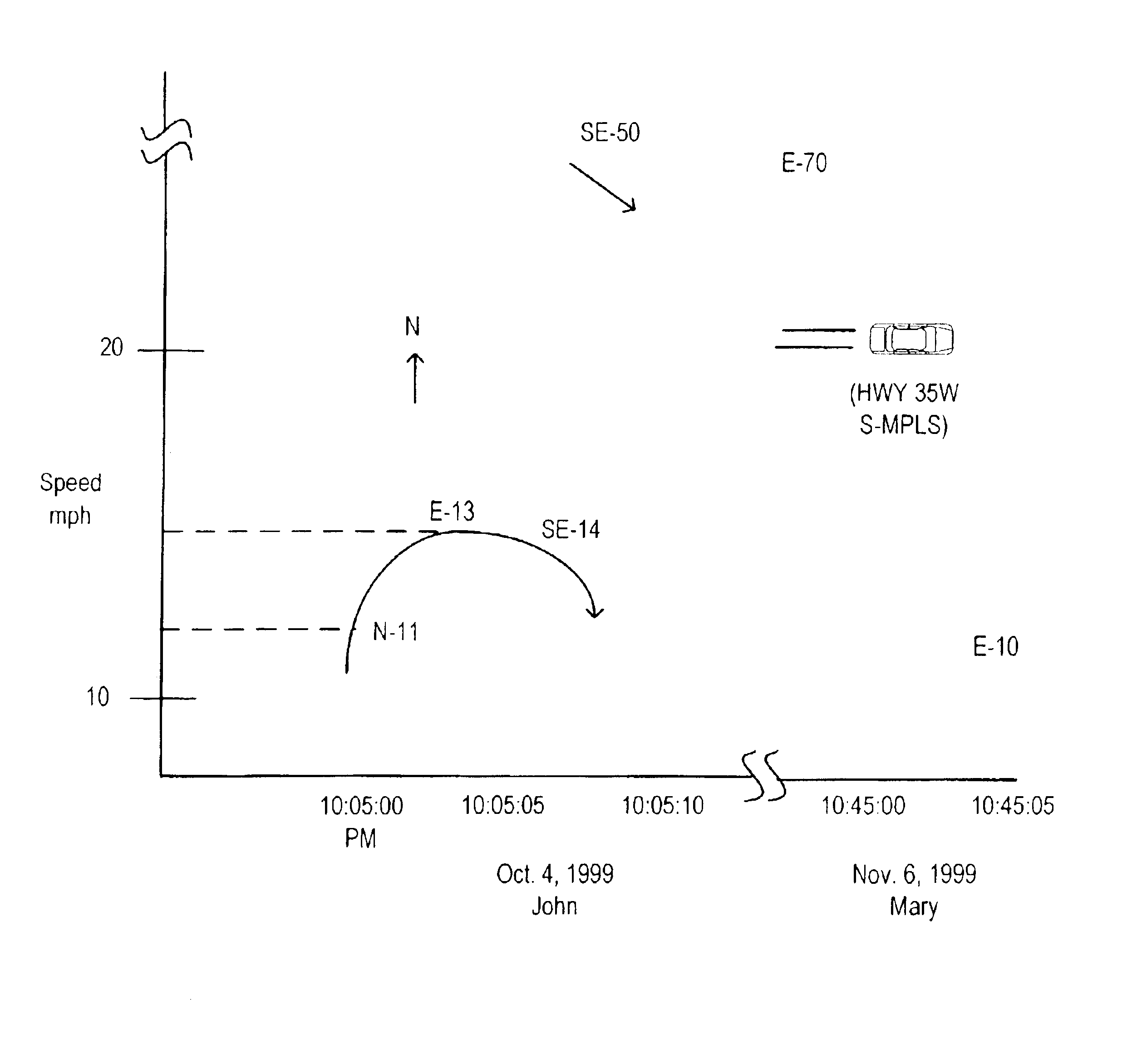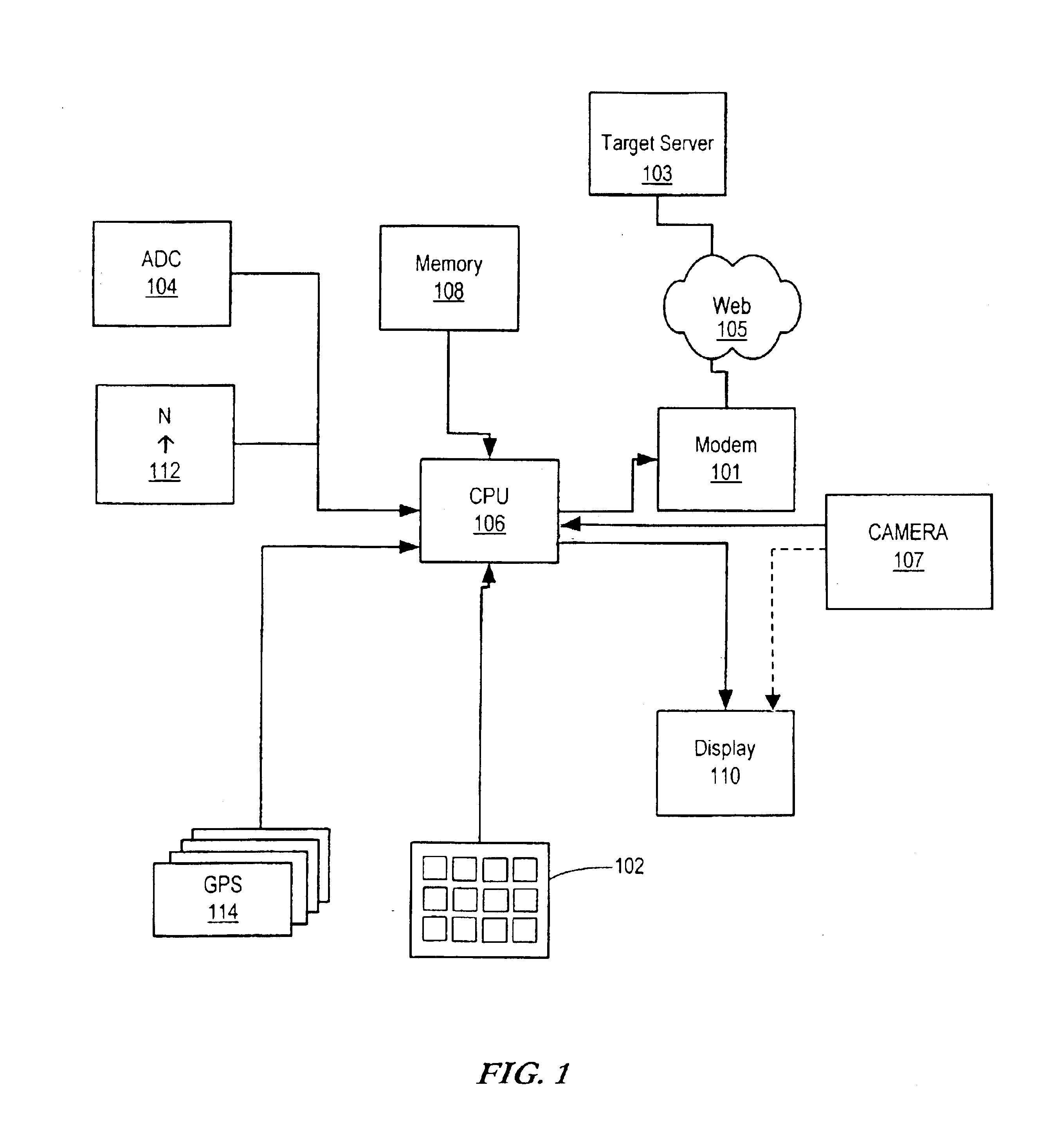Automobile monitoring for operation analysis
a technology for operation analysis and automobiles, applied in the field of data recording systems, can solve the problems of high insurance rates as a whole for the parents of teenage drivers, abuse of vehicles, and increased risk for themselves and others, and achieve the effect of preventing the ability to analyze and/or monitor operation
- Summary
- Abstract
- Description
- Claims
- Application Information
AI Technical Summary
Benefits of technology
Problems solved by technology
Method used
Image
Examples
Embodiment Construction
The present invention is believed to be applicable for a variety of different types of vehicles, and the invention is particularly suited for monitoring motorized vehicles designed for use on streets and highways. While the present invention is not necessarily so limited, aspects of the invention may be appreciated through a discussion of various examples using this context.
In an example embodiment of the present invention, a computerized recording instrument is placed onboard a vehicle. This instrument periodically records data generated using an electronic speed sensor signal and, optionally, an output signal from an electronic compass. The speed sensor signal and the output from the electronic compass are recorded at intervals frequent enough to perform calculations for acceleration and rate of vehicle directional change. The recorded data is time stamped and transferred by a CPU to a memory. The CPU later retrieves the recorded data and performs calculations of the vehicle accel...
PUM
 Login to View More
Login to View More Abstract
Description
Claims
Application Information
 Login to View More
Login to View More - R&D
- Intellectual Property
- Life Sciences
- Materials
- Tech Scout
- Unparalleled Data Quality
- Higher Quality Content
- 60% Fewer Hallucinations
Browse by: Latest US Patents, China's latest patents, Technical Efficacy Thesaurus, Application Domain, Technology Topic, Popular Technical Reports.
© 2025 PatSnap. All rights reserved.Legal|Privacy policy|Modern Slavery Act Transparency Statement|Sitemap|About US| Contact US: help@patsnap.com



